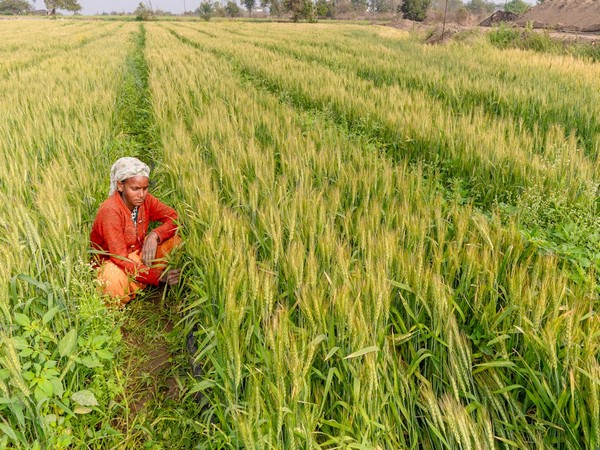India's Kharif Crop Sowing Sees 1.91% Yearly Increase
India's Kharif crop sowing has increased by 1.91% year-on-year, with farmers planting across 1,087.33 lakh hectares. Agriculture Ministry data shows higher sowing for paddy, pulses, and other commodities, while cotton and jute see a decline. The government is pushing for 100% procurement of key pulses.

- Country:
- India
India's Kharif crop sowing is advancing steadily, with farmers planting across an area of 1,087.33 lakh hectares so far, marking a 1.91 percent increase compared to the same period last year, according to the latest data from the Agriculture Ministry released on Monday.
Commodity-wise, there has been a year-on-year increase in the sowing of paddy, pulses, oilseeds, millets, and sugarcane. However, the sowing of cotton and jute/mesta has seen a decline. Among pulses, uradbean is an exception, as other pulses like arhar, moong, kulthi, and moth bean have reported positive growth.
This Kharif season, the total area under cultivation has reached 1,107.15 lakh hectares. Agriculture Minister Shivraj Singh Chouhan emphasized the central government's commitment to 100 percent procurement for urad, arhar, and masur in all states. He urged for more awareness to encourage farmers to focus on pulse cultivation.
India, a significant consumer and producer of pulses, meets part of its consumption through imports. The government is prioritizing pulse cultivation, given its reliance on seasonal rainfall. India's cropping seasons are Summer, Kharif, and Rabi, with Kharif crops dependent on monsoon rains harvested in October-November.
The Indian Meteorological Department (IMD) has forecasted an above-normal southwest monsoon for June-September 2024. Private forecaster Skymet has also predicted a normal monsoon, enhancing the prospects for agricultural productivity this year, with September's rainfall likely to exceed 109 percent of the long-term average.
(With inputs from agencies.)
ALSO READ
Erratic Monsoon Leaves Uttar Pradesh Farmers Anxious Over Crop Yield
Punjab Farmers Launch Five-Day Protest for Agriculture Policy
Supreme Court Forms High-Powered Committee to Address Farmers' Protests at Shambhu Border
Ghana Cocoa Farmers to See 45% Price Increase for 2024/25 Season
Farmers in Six Asian Countries Boost Rice Yields by Using Climate-Smart Nuclear Techniques










